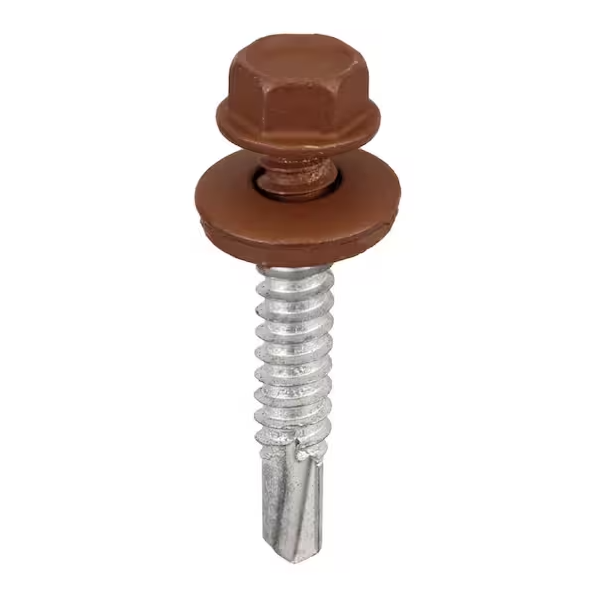Choosing the Right Size for Custom Self-Tapping Screw Heads Made Easy
Understanding Custom Self-Tapping Screw Head Sizes
In the world of construction, manufacturing, and DIY projects, fasteners play a crucial role in ensuring structural integrity and functionality. Among these fasteners, self-tapping screws are particularly valuable due to their ability to create their own hole and thread as they are driven into materials. When working with self-tapping screws, knowing the right head size is essential for achieving the desired result. In this article, we will explore the significance of custom self-tapping screw head sizes and how to select the right one for your application.
The Importance of Screw Head Size
The head size of a screw affects several aspects of its performance, including its grip, torque transfer, and aesthetic appeal. A properly sized screw head can provide a strong connection, allowing for maximum load-bearing capabilities. Conversely, an incorrect head size can lead to inadequate fastening, resulting in potential failure in the assembly.
Typically, screw heads come in various shapes and sizes, including round, flat, pan, hex, and more. Each type has its unique advantages depending on the material being fastened and the tool used. For example, hex-headed screws allow for a greater torque application, making them ideal for heavy-duty applications. In contrast, flat or pan heads may be better suited for applications where a lower profile is required.
Customization of Screw Head Sizes
One of the significant advantages of working with self-tapping screws is the option to customize head sizes to fit specific project needs. Customizing screw heads can provide tailored solutions for unique applications, enhancing performance and aesthetic appeal.
When considering customization, it's vital to weigh the factors involved
custom self tapping screw head size

1. Material Compatibility Different materials may require specific screw head types and sizes to ensure a secure fit. For instance, plastic, wood, and metal will each interact differently with various screw head profiles.
2. Access and Space Constraints In situations where space is limited or access is challenging, the size and shape of the screw head can make a significant difference. Custom screws can be designed to fit snugly into tight spaces, allowing for easier assembly.
3. Aesthetic Considerations In applications where the screw will be visible, such as furniture or decorative projects, choosing the right head size and design can enhance the visual appeal of the final product.
4. Load-Bearing Requirements Depending on the weight or stress the screws will endure, selecting an appropriate head size is crucial. Larger heads can distribute load more effectively, resulting in better performance under stress.
Conclusion
Choosing the right head size for custom self-tapping screws is more than just a matter of aesthetics; it is integral to the overall performance and reliability of any assembly. Understanding the application, material compatibility, and space constraints will guide you in selecting the most suitable screw head size.
As industries evolve and the demand for innovative solutions increases, the customization of screw head sizes is likely to become a standard practice in manufacturing and construction. By leveraging the benefits of tailored fasteners, professionals and DIY enthusiasts alike can achieve more efficient, durable, and visually appealing results.
In a world where precision and reliability are paramount, investing the time to understand and apply the correct screw head sizing can make a significant difference in the quality of your work. Whether you are working on a simple home project or a complex industrial application, the right custom self-tapping screw head size will help ensure that your assembly stands the test of time.
-
Top Choices for Plasterboard FixingNewsDec.26,2024
-
The Versatility of Specialty WashersNewsDec.26,2024
-
Secure Your ProjectsNewsDec.26,2024
-
Essential Screws for Chipboard Flooring ProjectsNewsDec.26,2024
-
Choosing the Right Drywall ScrewsNewsDec.26,2024
-
Black Phosphate Screws for Superior PerformanceNewsDec.26,2024
-
The Versatile Choice of Nylon Flat Washers for Your NeedsNewsDec.18,2024










